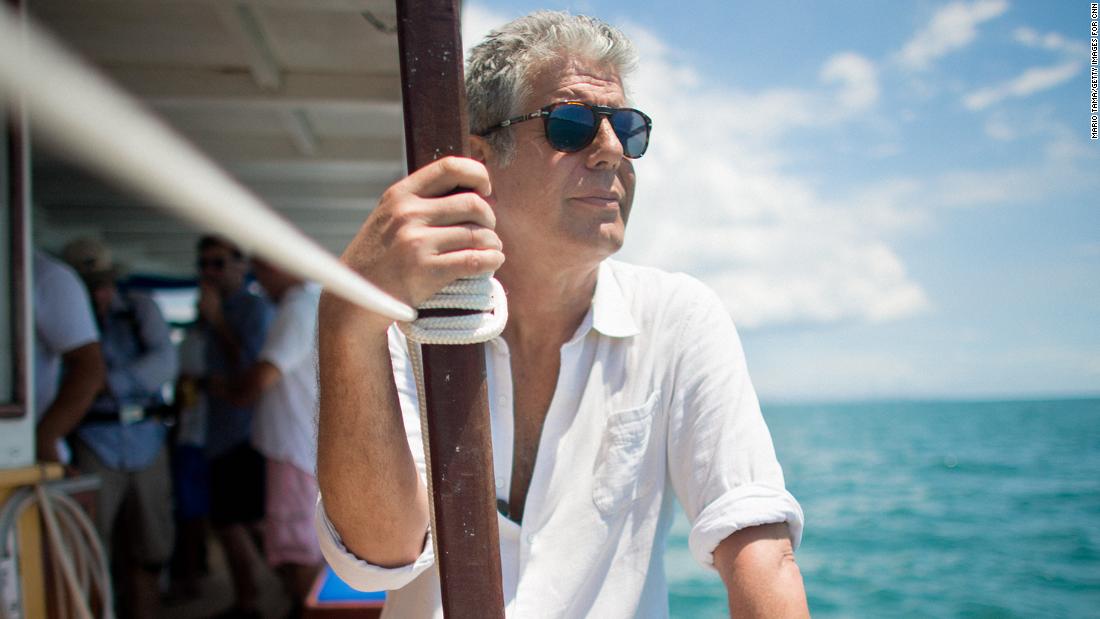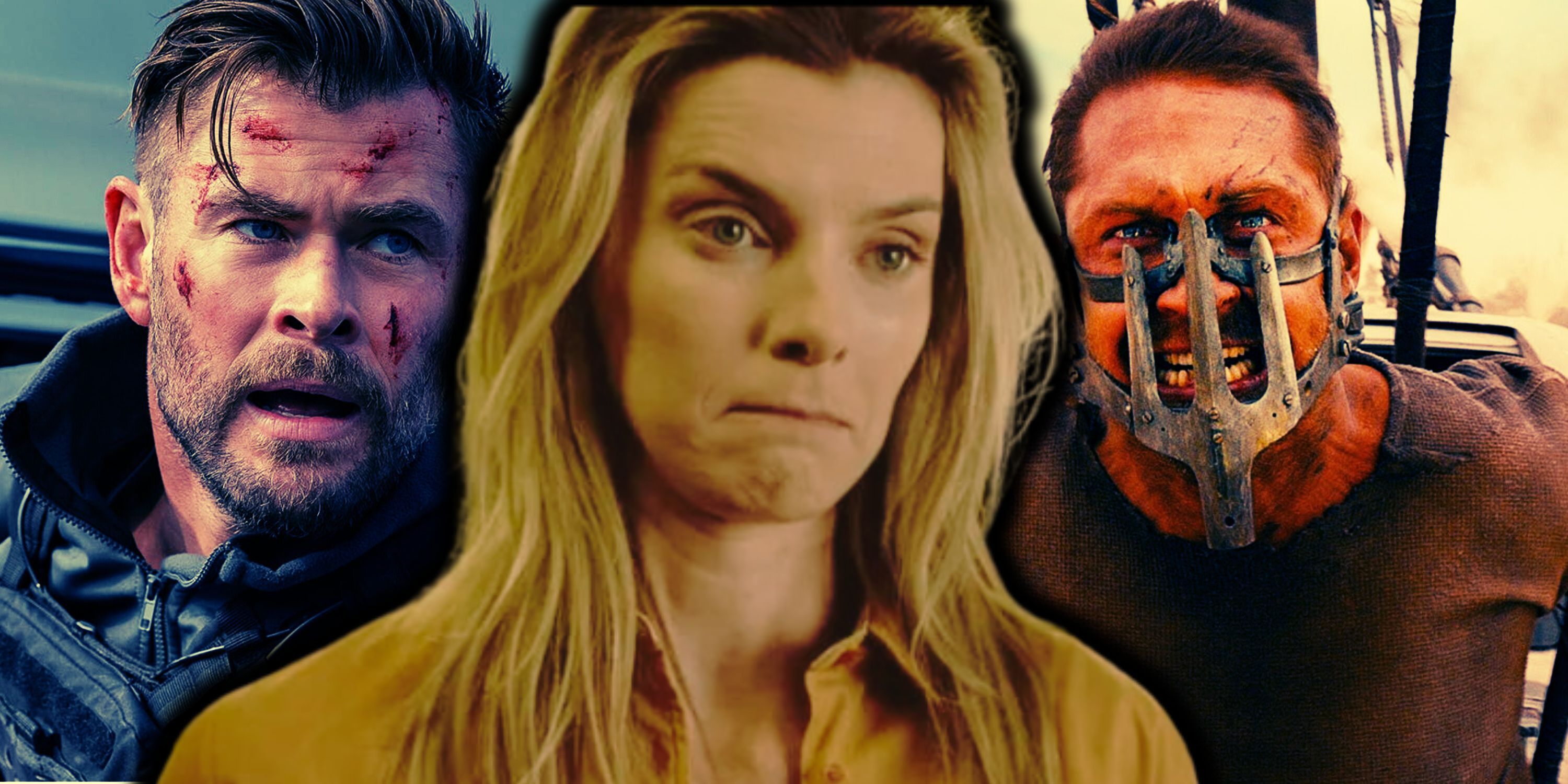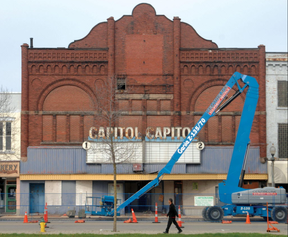How Bourdain’s favorite songs, movies and books inspired a film about his life

Table of Contents
(CNN) — His mission was a complicated one: Tell the complex story of the late Anthony Bourdain, a man he had never met.
“He was a real culture vulture, and he devoured books. He devoured music, and he devoured movies. I’m the same way,” Neville said. “I understood by the type of music he liked, the type of books he liked and the type of movies he liked, how he saw the world to some extent and that helped inform how I could tell his story.”
Bourdain’s dark and edgy taste in music
Music was one of the ways Neville connected with Bourdain, who was very vocal about his tastes.
Neville hunted down every song Bourdain ever mentioned — whether it was featured in one of his shows, used in an Instagram story or mentioned in his writings — and he put them all in one playlist.
“I totally got his taste in music,” Neville said. “It was informed by this post-’60s, proto-punk kind of energy and in your face-ness.”
While working on “Roadrunner,” the crew would listen to the playlist to channel Bourdain’s energy. And several of the songs ended up in the film.
“Roadrunner: A Film About Anthony Bourdain” reveals how Anthony Bourdain went from a chef at a New York restaurant to one of the most prominent and beloved figures in the food world and beyond. Don’t miss the film on CNN this spring.
“I like to think if Tony saw the film, he would be pretty impressed with the music selection,” Neville said.
Neville wanted to use it in the film, so he wrote a letter to the composer — explaining how Bourdain had loved his work — to get permission to use it. It worked, and the tune made it into the documentary.
“Dave says in the movie that it’s heroin music. I just think it’s music that you want to be by yourself listening to. I think Tony was by himself a lot,” Neville said.
No Wave, the downtown New York post-punk scene that Bourdain witnessed in the late ’70s, shows up over and over on Neville’s playlist. The music captures the lawlessness and hopelessness of the time. The songs are abrasive, confrontational and nihilistic.
In 2015, he said that he had never been more intimidated, more anxious, more starstruck than when he met rock legend Iggy Pop for the filming of the Miami episode of “Parts Unknown.”
“It’s this kind of haunting song of somebody who sees the world, but it is somehow separate from it at the same time. And I think that’s a song that Tony could identify with,” Neville said. “It’s something that’s more weary, world weary in a way.”
Bourdain’s musical interests didn’t end with the ’70s, though. Neville was surprised to see the “Parts Unknown” host liked Kendrick Lamar, Outkast and A Tribe Called Quest.
“There were songs that stretched his rock and roll credentials in a way, but still, I think, make a lot of sense,” said Neville of Bourdain’s love of hip hop and R&B. “He got that there was genius in those artists.”
How the big screen influenced Bourdain’s view of the world
“Tony devoured movies like he devoured so much culture,” Neville said.
Movie references seeped into his shows, often by Bourdain’s own design.
“I don’t think that was the best idea. I’m sure there was a battle with the network about black-and-white on a food show,” said Neville, laughing.
Neville said Bourdain sought out darkly romantic movies that were beautiful at the same time.
“It’s a film where moral compromise is in the air and characters are trying to do their best and probably not succeeding,” Neville said.
He also thought Bourdain liked the nuance of the story.
“He loved movies that didn’t tell you what to think or how to feel when you come out of it,” he said. “You know, films you can argue about.”
The 1979 war film follows the fictional Captain Willard’s journey from South Vietnam into Cambodia during the Vietnam War on a top-secret mission to assassinate renegade Colonel Kurtz, who had won the trust of a local tribe. The film, based on Joseph Conrad’s book “Heart of Darkness” set on the Congo River in Africa, served as a visual reference for the Congo episode of “Parts Unknown.”
Key questions presented in the film deeply resonated with Bourdain: What did it mean to be a traveler in a foreign land? Was that relationship nurturing or poisonous?
“I think so much of Tony’s life [was] about this balance of, am I an observer or am I a protagonist?” Neville said. “Am I somebody who’s trying to figure out the order of the world or somebody who’s trying to live in the world pleasurably and not worry about any of the consequences of the real world?”
Neville said “Roadrunner” was deeply inspired by that film’s style of narration.
“I immediately thought that’s how I wanted to do this film,” he said.
The documentary used Bourdain’s narration pulled from TV, radio, podcasts, and audiobooks to tell the story of his life, recalling both “Sunset Boulevard” and the experiential feel of Bourdain’s own shows.
“From the very beginning, I just had this idea of making sure that Tony could help tell the story, and that was 100% influenced by ‘Sunset Boulevard.'”
Bourdain loved books that make you wonder
Bourdain was also a voracious reader.

Random House
“It was something that checked all the boxes for him. It was smart, it was funny, it was irreverent,” Neville said.
Thompson’s gonzo journalism, a style of writing where authors become part of the story as they are simultaneously experiencing and reporting from a first-person point of view, had a big influence on Bourdain.
“‘No Reservations’ owes a lot to Hunter Thompson,” Neville said. Much like the book, the show was about a character throwing himself into a new world and coming out the other side with a deeper understanding.

Mariner Books
“Down and Out in Paris and London” is a romantic book about being young, having these incredible experiences and surviving to tell the story on the other side, much like Bourdain’s memoir about all the challenges he endured in the restaurant industry and somehow managed to stay in the game.

Penguin Books

Harper Collins

Penguin Classics
The book, Neville explained, is about being a colonial outsider in a country that views you with suspicion, but somehow, you’re still inextricably linked to it, even though you’ll never totally understand it.
Bourdain told The Times that “The Quiet American” made him cry. “That always gets me,” he said.
The deep connections Bourdain clearly made with the media around him allowed Neville to connect with how the late host of “Parts Unknown” perceived and interacted with the world.
“I thought for a long time about making the film in a way that he was my audience,” Neville said. “I wanted him to recognize himself and recognize those little things.”







